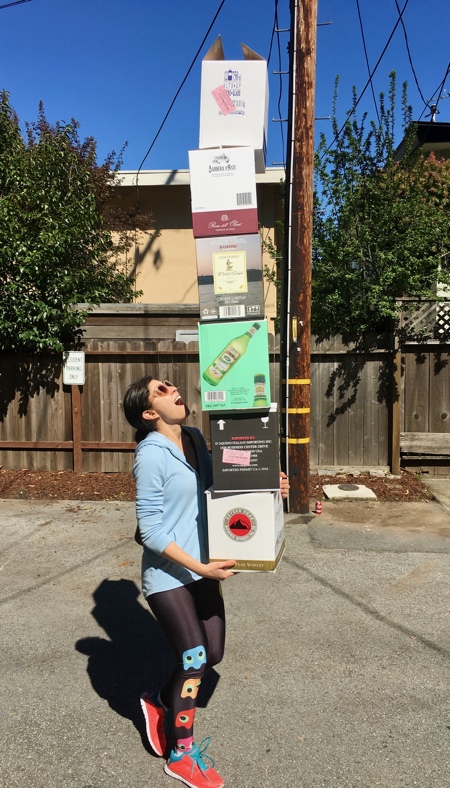Simple Story Structure

I was chatting with a client today who’s doing well. He’s in a relationship with a great girl who’s ‘out of his league’. :)
I asked him where he’s taking his conversational skills next and he says he’s been focusing on groups. Indeed, he’s become a leader.
That’s good. But he said he struggles when it comes to storytelling. He feels lost and not sure where to go with this stories.
This is a very common problem. The biggest reason for feeling this way is just a lack of familiarity with conversational story structures. I gave him some pointers and thought it might be worth re-posting those here.
80% of conversational stories are Before and After stories. It’s probably the easiest structure to understand and in my opinion, the most fun to use.
There are three parts:
- Initial feeling
- Action or dialogue
- Changed feeling
That’s it.
Since he worked in a mental health facility I gave him this theoretical story as an example of something he could relate:
-
“I was walking into work today feeling down. Lately I’ve been wondering if my life was going anywhere. If it had any meaning.”
-
But then this guy, a patient waves me over and gives me a flower he’d stolen from the doctors’ garden and he says, ‘Hope this isn’t weird but I just wanted to say it’s been real helpful talking to you. This is all I got to say thanks. But hopefully it’s enough.’”
-
“I was stunned. I never expected this. I gave him my patented 12 Finger Handshake ™ It was just like the perfect timing. I smiled the whole day and felt like I was buzzing.”
The end.
Often the feeling at the end is the exact opposite of the initial feeling. Like a coin being turned over.
The point of course is not to make up stories that didn’t happen. This is just a theoretical story. But it is to understand the structure and begin to think about the things that happen to us in terms of, ‘How would I tell thing that happened to me as a story?’
The Before and After story structure is perfect for short conversational stories.
Further tip: Pay attention to your feelings towards the things that happen to you every day. It’s those feelings that the main character which is you, and how those feelings changed over time, that creates the basis for empathy and rapport from your audience, and makes your story interesting.
All the best, Wayne
Enjoy!
